What was the planting outcome of the “space seeds” returned from the moon when grown on Earth? Furthermore, did the Soviet Union indeed establish lunar contact prior to the implementation of the Apollo space program?
239,000 miles from Earth, the Moon is by far the biggest and brightest thing in our sky. But that doesn’t mean that it doesn’t still hold countless mysteries. From a dust cloud that has followed the Moon for millions of years to a time when volcanoes erupted on its surface, our closest natural satellite is more interesting than you might have thought.
Here are 25 awesome unusual facts about the moon!
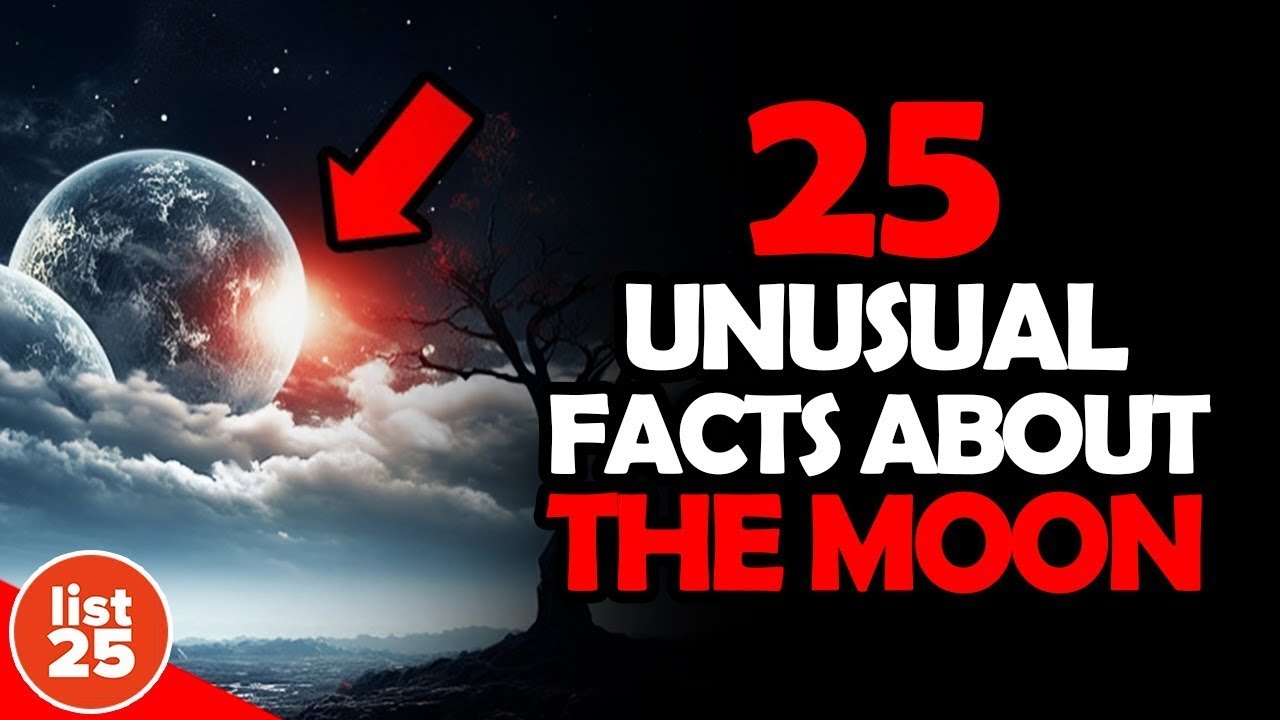
Gravity is much weaker on the moon
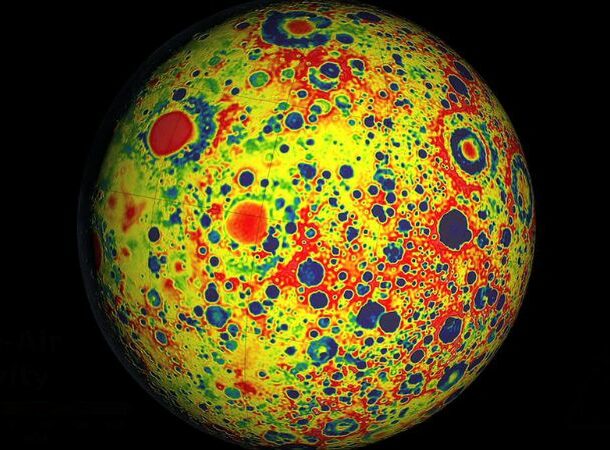
Ever fantasized about being an astronaut and walking on the moon? If you were lucky enough to actually do it, then there would be some major adjustments for your body to make. It wouldn’t feel anything like being on Earth. That’s because the moon has a much smaller mass than our planet.
While our bodies are used to the gravity here, on the moon there is only one-sixth the strength pulling you back to the surface. If you weigh 200 pounds, on the moon that would translate to about 33 pounds. So, it sounds like the moon is the most effective weight loss program!
The United Nations has a treaty to "govern" the moon

Who owns the moon? During the 1960s, when the United States and the Soviet Union were fighting to conquer space, the United Nations knew that this question was bound to come up. Instead of leaving it to “finders keepers”, the UN passed the Outer Space Treaty to make the rules clear. It says that the moon or other planets can only be used to “benefit all countries.”
The Soviet Union landed on the moon first
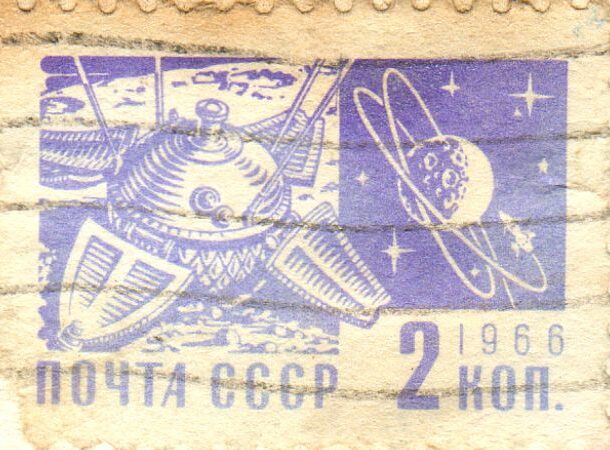
In 1959, a decade before two American astronauts landed on the moon, the Soviet Union’s Luna 2 became the first man-made object to reach there. 7 years after that mission, Luna 9 and Luna 12 sent the first images of the Moon back to Earth. Unfortunately for the Russians, these accomplishments were completely overshadowed by America. Now, all anyone remembers is the moonwalk!
Temperatures can plummet to negative 387 degrees

You can probably tell just by looking that the moon is not a warm place to be. Earth is lucky to be protected by an atmosphere, filtering the raging heat of the sun and the coldness of outer space. The moon doesn’t have that luxury. That’s why temperatures can drop down to negative 387 degrees Fahrenheit in places where the sun doesn’t reach.
The other extreme isn’t much better, with sunny parts heating up to around 260 degrees — about twice as hot as the highest temperature ever recorded in the United States.
The moon is moving further away
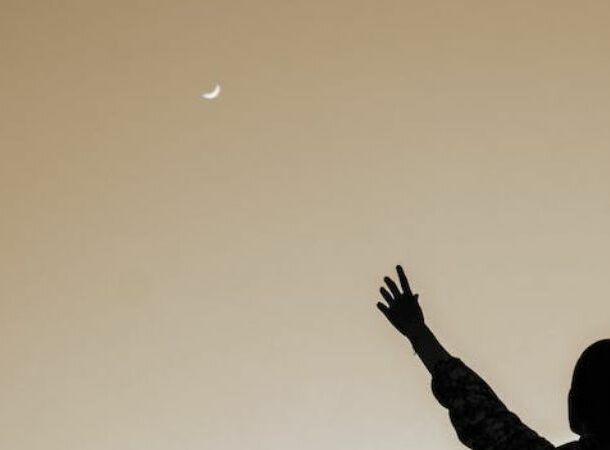
Every year, the moon moves around 1.49 inches further away from Earth. This distance is imperceptible to the naked eye and it wasn’t noticed until scientists until recently. They were able to measure the precise distance by shooting laser pulses at the moon and recording how long it took to reach the moon and reflect back to Earth again.
According to their calculations, the moon will keep moving away for the next 15 billion years. Even then, it won’t be far enough to break away from Earth’s gravitational pull, so there’s nothing to worry about just yet. But what about deep underground, underneath the moon’s surface? Did you know there were once intense volcanoes spewing lava all over the moon? That’s coming up at number 17.
The Moon's synchronous rotation with Earth has created a "dark side"
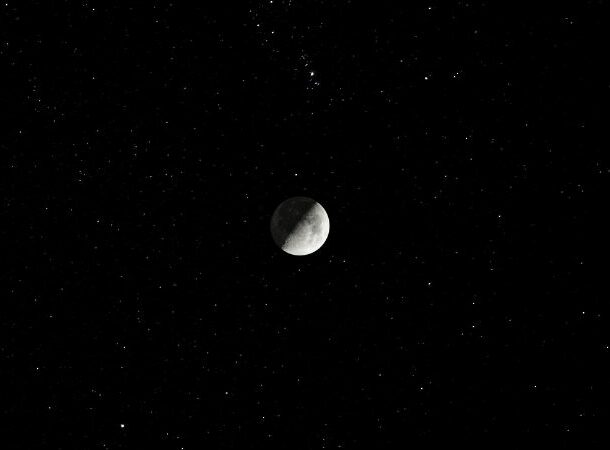
You might have heard of the “dark side of the moon”, but how exactly does it work? It happens through a phenomenon known as “synchronous rotation.” Even though you can’t feel it, the Earth is spinning, at exactly the same pace that the moon orbits around our planet, taking 27.3 days for the Earth and 27 days for the moon. But that doesn’t mean the same part of the moon is visible at all times.
Because of the way the Moon moves around the Earth, it goes through “phases” where the Sun illuminates different sections — like a quarter moon, half moon, and full moon. Throughout that cycle, only 59% of it is visible. The other 41% has been called the “dark side”, but since it actually gets about the same amount of sunlight, it’s more accurate to call it the “far side.”
There is a dust cloud around the moon
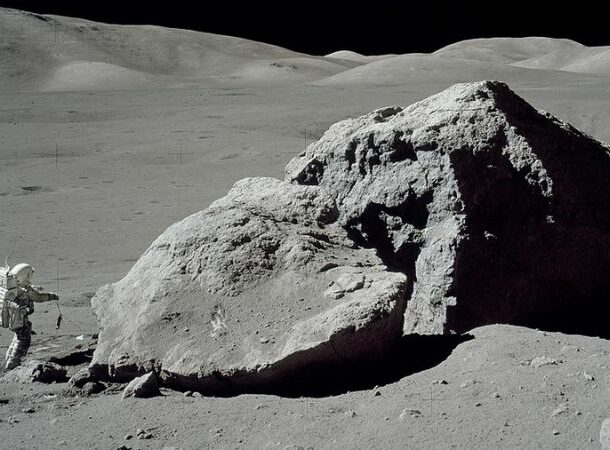
The moon might look calm on the surface, but it is constantly being bombarded. Not by anything as big as planets, but by much smaller meteorites. The surface is jagged and cratered by these, and rocks the size of ping pong balls hit the moon at a rate of about 100 per day. Larger and smaller impacts produce tiny particles of dust that shoot up from the surface.
These constant collisions lead to a ring of dust around the satellite that appears like a cloud, called a dust exosphere, creating a soft glow on its horizon.
The moon doesn't have a magnetic field
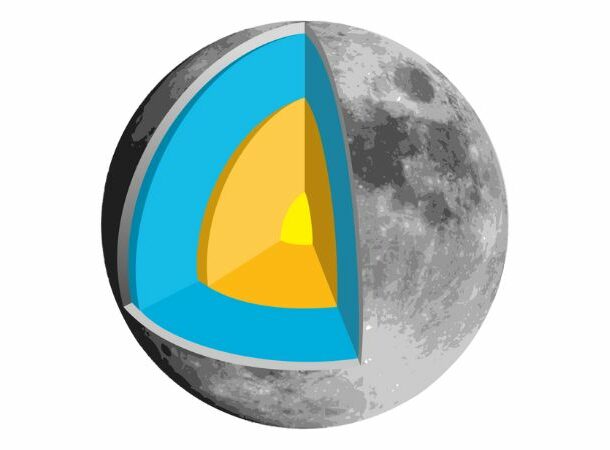
You might not always realize it, but we use the Earth’s magnetic field for a range of things, ranging from medical equipment like MRI machines to the credit cards in our wallets. More importantly, this force shields our planet from the dangers of solar wind, and radiation. The moon was thought to have once had a magnetic field just as strong.
Geophysicists came to that conclusion based on rocks brought back from the moon that had signs of a strong magnetic field that possibly lasted 2 billion years. But recent evidence has proven this wrong, suggesting that these magnetic charges came instead from meteor impacts.
The Moon was once volcanically active
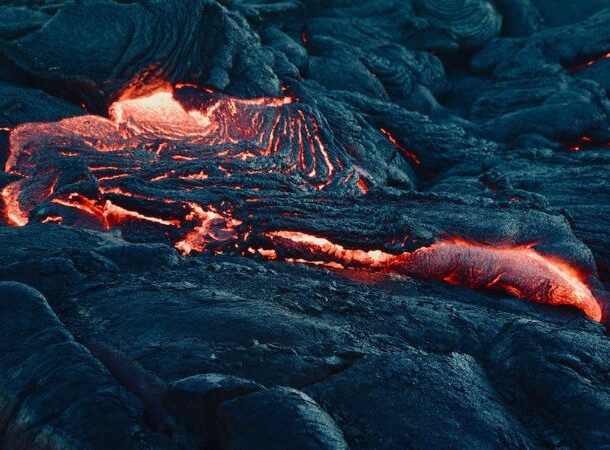
The moon may seem like a cold place, but if you were there around four billion years ago, you would have seen a hotbed of volcanic activity. Deep underneath the dry rocky surface, the moon is just like Earth, with different layers ranging from the crust, through to the mantle and at the center, a core. Here, at the core, temperatures can reach over 2500 degrees, enough to produce molten liquid iron. Billions of years ago, this lava oozed to the surface, flowing over the bumpy texture and smoothing it out with heat.
Scientists believed that there hadn’t been any active volcanoes there for about 3 billion years, which partly explained why all of the craters are so much more visible. But recent research has corrected this, finding evidence of eruptions around 50 million years ago. That might sound like a while back, but in the history of the universe, it’s a tiny fraction. That was near the time that dinosaurs were becoming extinct and mammals were taking over, eventually leading to humans.
The Earth goes through phases too
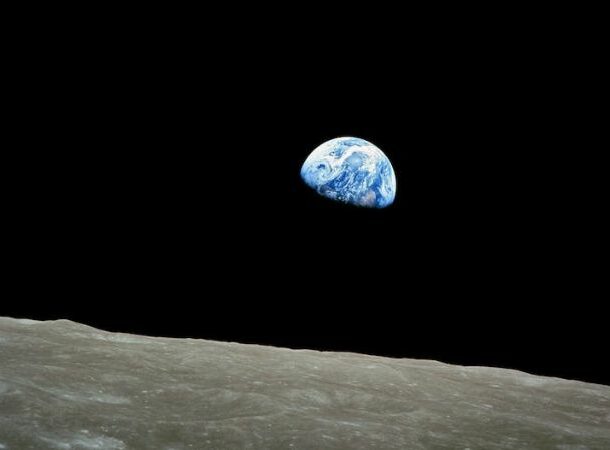
There’s nothing quite like looking up into the night sky during a bright full moon. What if you were looking the other way though? From up on the moon it’s the Earth that goes through phases. First, you would have to be on the near side of the Moon. Then you’d be able to watch the Earth change from a crescent to a quarter, and finally a full Earth. Our home planet would be much easier to see because Earth is quadruple the size and appears up to 100 times brighter than the moon.
These massive differences hide a shared history, where the Earth helped create the moon in the first place. Stay tuned for the moon’s origin story at number 11.
There is a system for naming moon craters
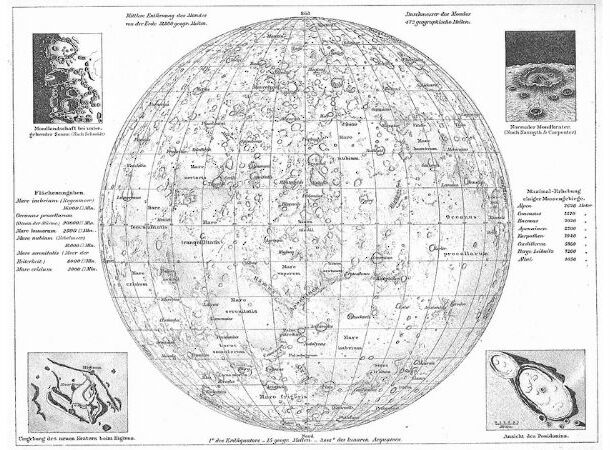
Want an idea for a novelty birthday present? These days, you can name a star for about twenty bucks. On the moon, though, things are a little different for craters. The moon bears the scars of hundreds of millions of impacts. In fact, there are more than half a billion craters. The larger ones earn names and are usually astronomers, astronauts, and historical figures.
For example, the Apollo basin is named after the missions that brought the first humans to the moon. The responsibility falls on the International Astronomical Union, which has guidelines for names: firstly, they. should be a scientist or figure who made a real contribution to our knowledge of space, secondly, they should have died more than three years ago, and finally, no duplicates are allowed.
The Moon's craters preserve ancient water ice

Experts have predicted water on the Moon for centuries, but it wasn’t until high-tech equipment used by the Indian spacecraft Chandrayaan-1 confirmed it. Using infrared light analysis ice deep in the polar craters of the moon was detected. Later exploration found water in other parts as well. Some regions are always shadowed by big craters, acting as “cold traps” and reaching temperatures of less than negative 400 degrees Fahrenheit.
On a smaller scale, water is found in micro “cold traps”, that cover about 40,000 square kilometers of the moon’s surface. The extreme conditions needed explain why there isn’t much water on the moon — about 100 times less than what can be found in the Sahara Desert. How did it end up there? This is still up for debate, but many scientists believe that it could have come from Earth during the Moon’s formation.
The moon's two sides are very different
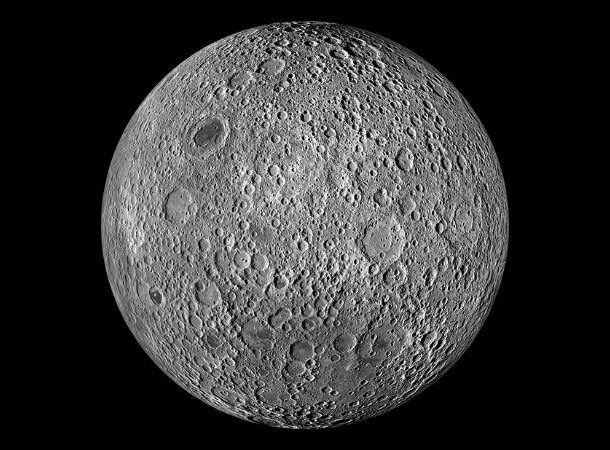
Ever heard the phrase not to judge a book by its cover? The moon is the same. Since humans began looking up at the moon, most believed it was similar on all sides. That’s why it came as a shock when Soviet Luna 3 photographed the far side for the first time in 1959.
The photographs revealed dramatic differences from what we see on the near side. While the near side has dark smooth spots where lava once flowed, the far side is covered by many smaller craters. One reason could be a gigantic collision a billion years ago at the moon’s South Pole. This may have triggered volcanic activity on one side but not the other.
NASA is setting up a base camp on the Moon
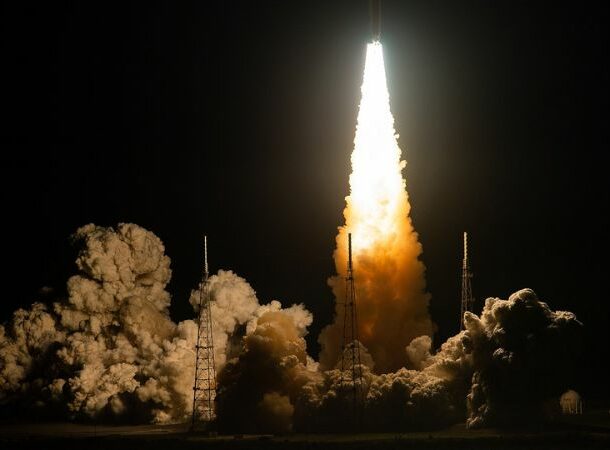
It’s been almost 60 years since humans first touchdown on the Moon. But in the future, this trip could become much more common. NASA plans to build a base camp with the Artemis missions. The project aims to create a foundation to explore space further by setting up telescopes and equipment.
The first camp will be set up on the south pole to allow for the maximum amount of sunlight for solar power and frozen water can be accessed. The structures will have to be lightweight and one idea is to use a 3-D printer on the moon with moon dust as a primary material.
The Moon was formed by an impact with Earth
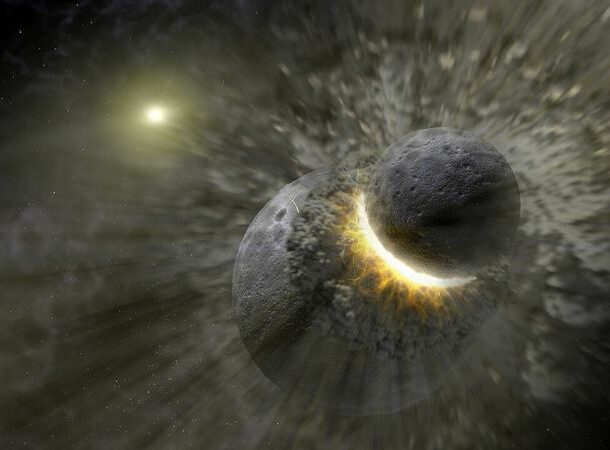
As far as origin stories go, the Moon has a pretty good one. The Earth and Moon were both formed when dust and rocks, orbiting a young star, slowly clumped together over millions of years. Then, these bigger objects, which were about the size of Mars, began colliding with one another, until an impact between one of these with a young Earth created the moon.
This theory was backed up by the hundreds of pounds of material brought back by Apollo astronauts. Analysis found that the Moon and the Earth are made up of similar components, reinforcing the idea that their origins are related.
Trees have grown from "moon seeds"
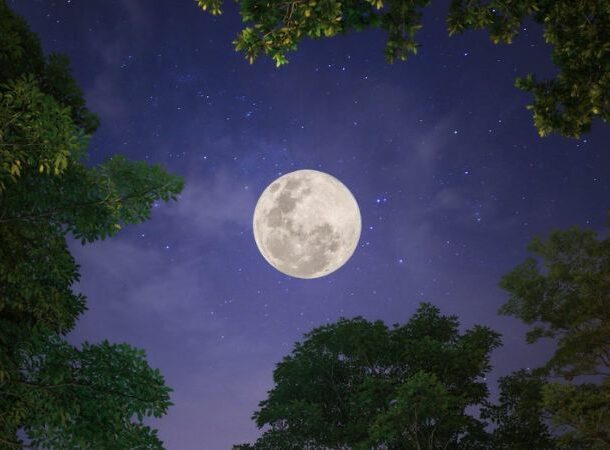
Do plants grow the same on Earth as in space? In the heyday of Moon exploration, during the 1970s, a NASA mission took hundreds of seeds into space to study the effects of microgravity and help answer this question. This wasn’t the primary objective of the mission, and in fact, years later, even NASA had forgotten about the program.
After the mission, the seeds had been quarantined, along with the astronauts, before being planted in locations around the United States, including flight centers, parks, and schools. Even though no proper records were kept, some of these moon trees have grown successfully.
Moonquakes mean the moon is getting smaller
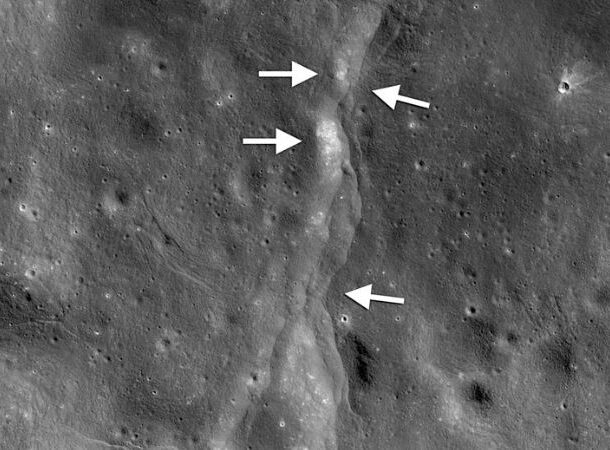
Just like we experience earthquakes, where tectonic plates rub against each other deep beneath the surface, on the Moon there is a similar phenomenon. Of course, up there, it makes more sense to call them “moonquakes.” And the process is a little different. Some of these seismic tremors experienced on the moon instead come from meteoroids colliding with the surface.
Another type, “shallow moonquakes”, comes from the fact that the inside of the moon is cooling and shrinking. This slimming down has equaled about 150 feet over a few hundred million years, which doesn’t sound like much. But that’s still enough to cause the crust to reverberate between 2 and 5 on the Richter scale — could be almost enough to damage buildings.
The Moon's atmosphere used to be thicker
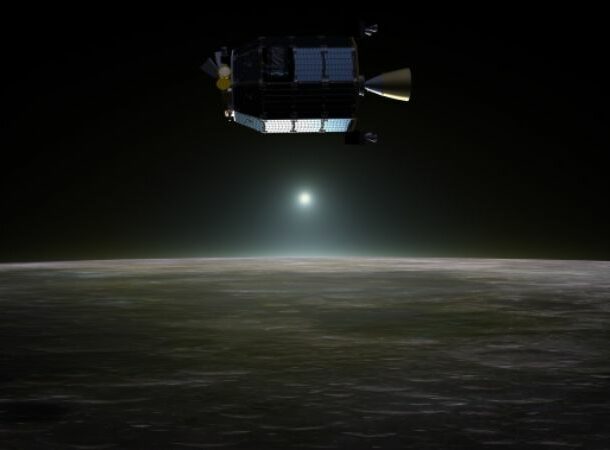
Around 3.5 billion years ago, the atmosphere on the Moon was one and a half times thicker than the one now on Mars. This came from a huge amount of carbon dioxide being released, spreading heat through atmospheric currents that protected the surface much more than what we see today.
As far as we know, that thicker atmosphere didn’t last long and it never reached a point that would make it habitable like Earth, but it shows how dramatically the Moon has changed over the years.
Coming up in our top 5: why there’s no sound in space, why the moon was associated with being crazy, and the man who has somehow made millions of dollars selling plots of the lunar surface.
The moon controls the tides
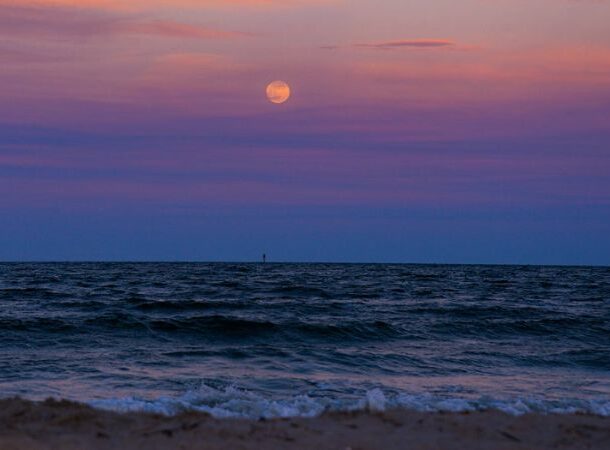
The gravitational pull of our planet keeps the Moon in orbit, but at the same time, the Moon has a huge effect here on Earth. One of the most noticeable is in our oceans, which the Moon pulls towards it.
This creates high tides where the Moon is closest to Earth and low tides on the side furthest away. There are two times every month when “spring tides” are created, which is when the Earth, the Moon, and the Sun all align.
The moon will soon have its own time zone
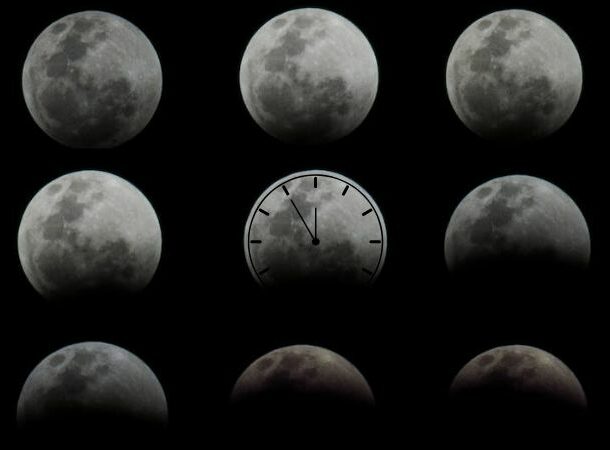
Time Zones are something that seems natural to us on Earth. It’s a way of standardizing different regions so that we can all communicate and organize with each other. On the Moon though, this has been a subject of debate. As missions to the moon are becoming more commonplace and the idea of a base is taking form, scientific organizations have been discussing how they can come up with a lunar time zone.
As it stands, any country that sends missions into space uses its own time zone as an anchor. Part of the difficulty in a lunar time zone is that clocks move a tiny bit quicker on the Moon, around 56 microseconds faster than on Earth each day.
There is no sound on the Moon because there is nothing to carry sound waves
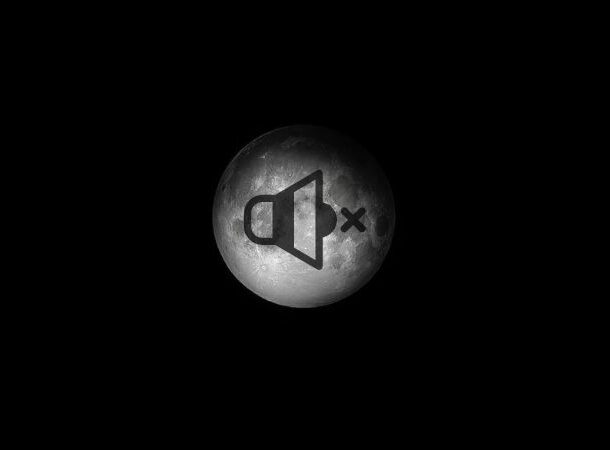
On the moon, nobody can hear you scream. Not only because you are so far away, but because no sound can be made.
While there is a small layer of gas on the moon, it’s not enough to constitute an atmosphere, and definitely not enough to carry a scream. That’s because sound works by vibration — and it needs something to vibrate. On earth, that medium is air. But in the vacuum of space, without air, there’s nothing to vibrate — so no sound.
Some animals use the moonlight for communication
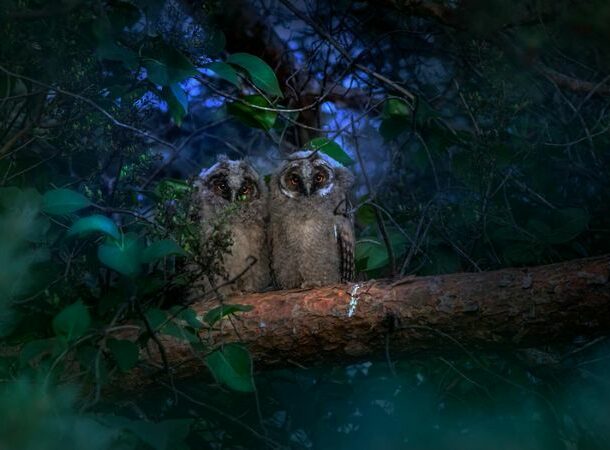
Forget about migration, some animals even find different ways to talk because of the moon. Eagle owls are one of those animals, which adapt their communication to different phases of the moon.
If there is a low amount of moonlight, then they use silent call signals. Under a fuller moon, these owls use more visual communication methods and sit in higher positions in trees.
People believed the moon was responsible for mental illness

You might wonder why anything related to the moon is called “lunar” — lunar eclipse, the lunar new year, the lunar surface. It comes from the goddess Luna, who was worshiped in ancient Rome, and represented the moon, along with Sol, who represented the sun.
There are other words deriving from the same origin, like “lunatic”, because it was believed that mental illnesses were affected by the moon.
There is human waste on the moon
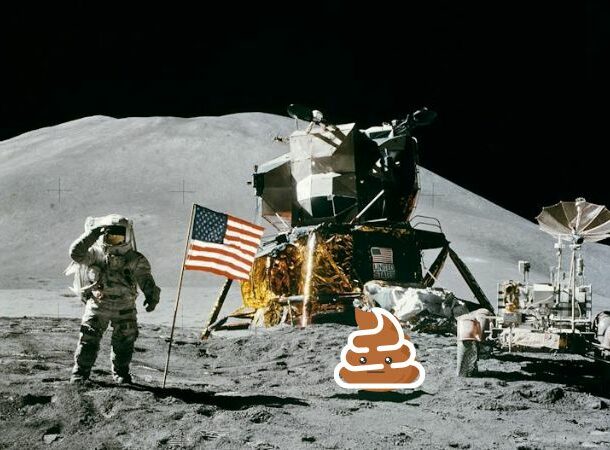
The images of Neil Armstrong and Buzz Aldrin stepping foot onto the moon’s surface are some of the most famous in history, especially of the American flag being planted.
Some of the flags are still upright and in place, but they aren’t the only things that were left there. There is a range of equipment, like cameras and tools for geology, that the astronauts didn’t take with them. In fact, there are also 96 bags of poop that were left behind. Didn’t anyone teach them to clean up after yourself?
People have claimed to sell lunar real estate
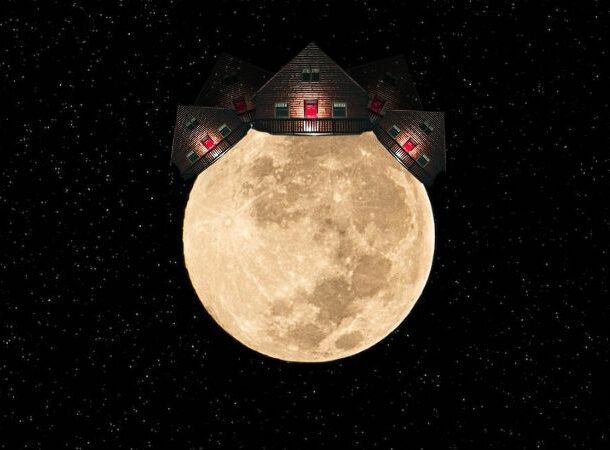
With house prices and inflation spiraling out of control, would you ever consider moving to the moon? Despite not technically being legal, one enterprising realtor has apparently sold $12 million worth of land on the moon.
This man, named Dennis Hope, believes there is a loophole in the Outer Space Treaty that only bans countries from laying claim — possibly allowing for private ownership of the lunar land. The United Nations has stated that this venture is not valid. It turns out that the treaty does in fact apply to individuals as much as it does to nations. But that hasn’t stopped Hope from creating a website that offers an acre for $19.99. What a bargain!



























